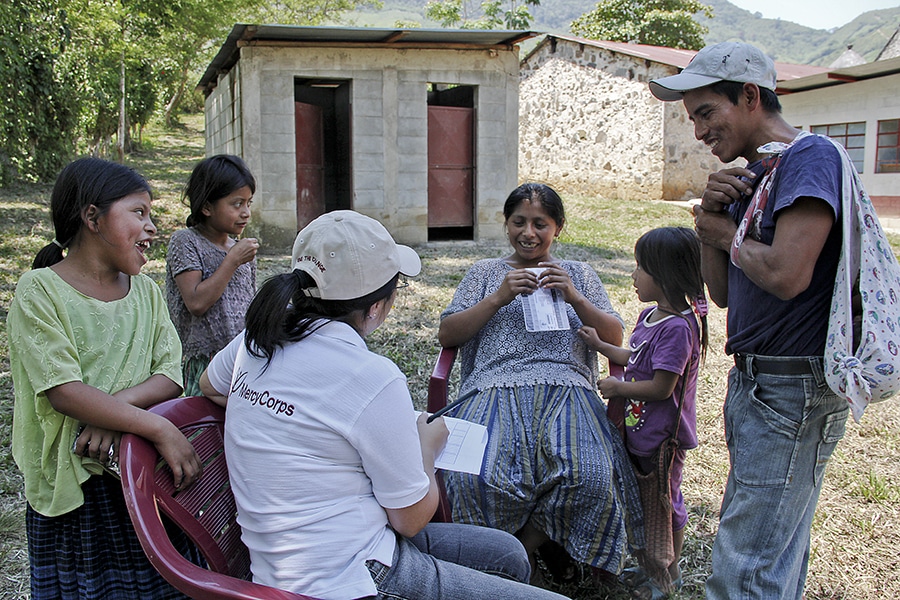The cost of improving nutritional outcomes through food aid programs: Is more and longer better?
- From
-
Published on
20.11.20
- Impact Area
-
Funders
United States of America

BY JEF L. LEROY, JESSICA HECKERT, DEANNA K. OLNEY, SUSAN RICHTER, ELYSE IRUHIRIYE, MARIE T. RUEL AND TRACY BROWN
This post is the fifth in a series on a research project in Guatemala and Burundi that evaluated how to optimize food assistance programs for maximum impact. Read the first piece here, second here, third here, and fourth here.
Food-assisted maternal and child health and nutrition (FA-MCHN) interventions are commonly used in low- and middle-income countries to address problems of hunger, food insecurity, and undernutrition. These programs have been criticized for being too expensive, yet there is little evidence on their cost or cost-effectiveness. Evidence shows that these programs can work, but are the costs reasonable given the size of the impacts?
Photo credit: Mercy Corps
Related news
-

Positioning healthier rice varieties in Odisha for market demand and farmer income
International Rice Research Institute (IRRI)28.10.25-
Nutrition
-
Poverty reduction, livelihoods & jobs
In western Odisha, farmer groups and women’s self-help groups are taking the lead in bringing…
Read more -
-

SOILutions for Security: CGIAR at the 2025 Borlaug Dialogue
Multifunctional Landscapes Science Program22.10.25-
Biodiversity
-
Environmental health
-
Environmental health & biodiversity
-
Food security
-
Nutrition
From October 21–23, CGIAR will join global partners in Des Moines, Iowa for the 2025…
Read more -
-

Can the Southern Mediterranean Fish Value Chain Thrive Without Women’s Empowerment?
WorldFish22.10.25-
Gender equality
-
Poverty reduction, livelihoods & jobs
When you picture the Mediterranean’s blue economy—encompassing its vibrant fisheries and aquacul…
Read more -
